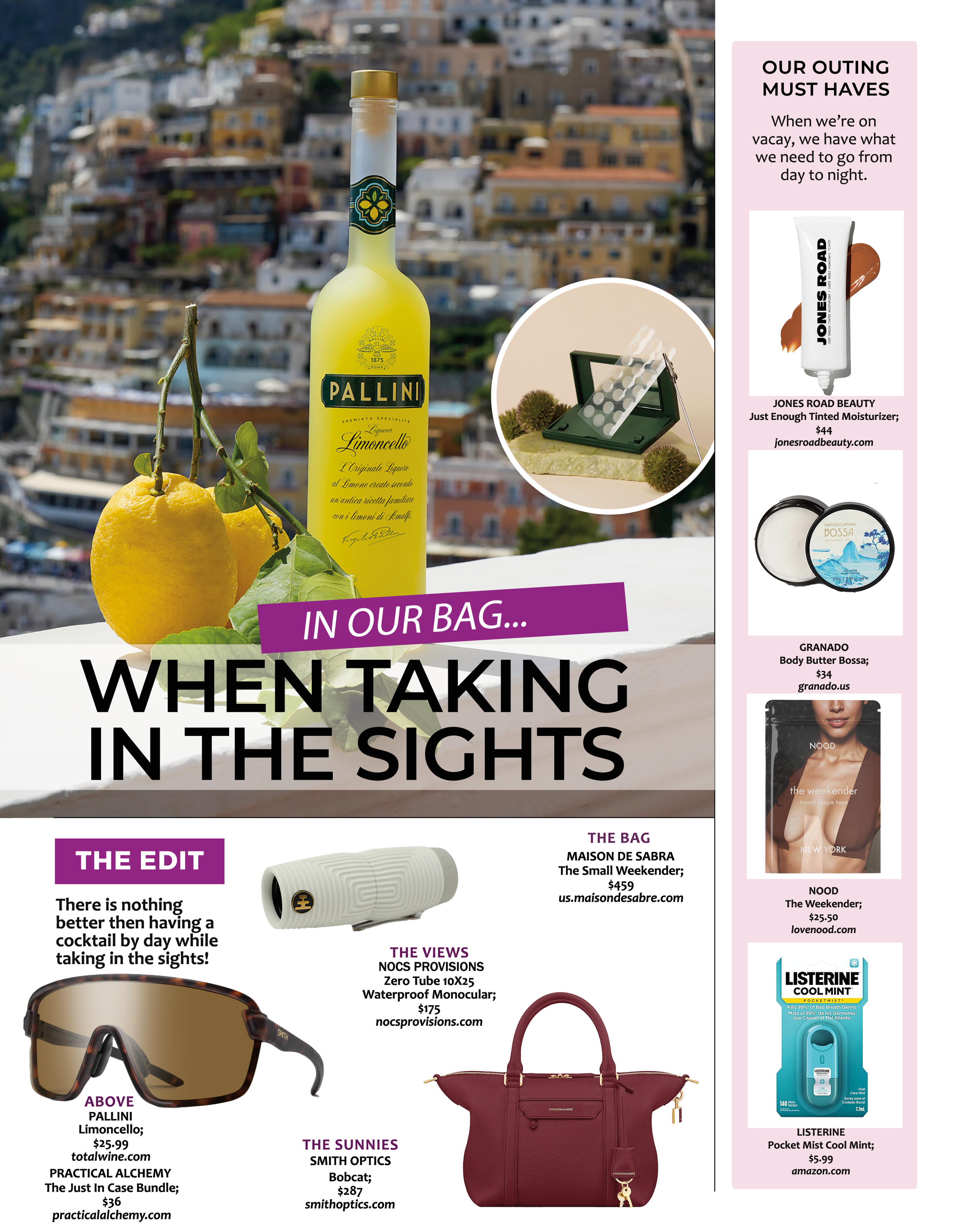Whether you purchase your favorite Kombucha from your local Whole Foods, Farmer's Market or make it yourself, there has been an increase in demand of this beverage has taken with a wellness plan for your lifestyle. Stephen Lee, co-founder of Tazo Tea and the founder of Wonder Drink, created a book that looks at Kombucha as a lifestyle with over 75 recipes of homemade brews, elixirs, mixers and even sauces for meals.
In his own words, Stephen shares insight on what led him to creating this book and sharing the revolution with fans around the world. In addition, if you're looking for ways to infuse Kombucha in different ways, we have selected a recipe worth trying.
Kombucha. It’s been called the “elixir of life,” a cure-all that detoxifies the body, aids digestion, reenergizes the mind, and even helps reverse the symptoms of cancer. Drink several glasses of this fermented tea a day and, according to some, its healing properties will lower cholesterol, help with weight loss, reduce hot flashes, and create a general sense of well-being.
Its origins are shrouded in mystery. Two-thousand-year-old fables tell of exhausted warriors rejuvenating their weary bodies by drinking a fermented concoction infused with tea leaves. Even its name, pronounced com-BOO-cha, connotes something both alien and ancient. Nobody seems to know where it came from or how long it’s been around.
I discovered kombucha on one of my many tea-selling trips to Russia. I had been in the tea business for more than twenty years at the time, and while I had heard about this exotic tea drink called kombucha, I had never tasted it. One night I was having dinner with an associate at his St. Petersburg apartment. Peter lived with his mother—I knew her only as Mrs. Lisovski—and after a wonderful meal of borscht, piroshkies, and lots of pickled vegetables, I excused myself to use their loo. On my way down the narrow hall, I looked through an open door on my right and saw something strange.
There, on the nightstand next to Mrs. Lisovski’s bed, was a one-gallon jug of brownish liquid with cheesecloth stretched over the top. I felt ridiculously guilty peering into the bedroom of an eighty-year-old woman, but I couldn’t resist taking a closer look at that jar. Straining my eyes in the dim light, I saw something really odd. There was a pancake-sized gelatinous blob floating on top of the fluid.
When I returned to the kitchen, I admitted to Peter that I had looked into his mother’s bedroom, and then rather sheepishly asked what was in the glass jar. He laughed and then reached into the refrigerator. He pulled out a pitcher and poured us both aglass. “It’s kombucha. My mother calls it mushroom tea,” he told me.
When I tasted Mrs. Lisovski’s brew, I was amazed. There was effervescence to it—the lightly carbonated beverage tickled my tongue—with a tanginess that my taste buds told me was like an apple cider flavor. The finish was slightly acidic, yet the overall mouth feel was very pleasurable. I had never experienced anything like it.
I begged for the story behind this wonderful drink. Through Peter’s translation, Mrs. Lisovski related the story of how her great aunt from Siberia had passed down the recipe for her chainii grib. She received her “mother” culture in 1939 and had been making a batch every week since. I later did the math and marveled at the fact I was drinking batch number 2,860 of Mrs. Lisovski’s personal brew. What blew me away was before I left the apartment, the lovely little lady presented me with a peeled-off section of this grayish-white patty (think bottom half of a hamburger bun). I knew what it was (after all, I had spied it on her nightstand), but I didn’t know what I was supposed to do with it. Peter explained that it was common practice for anyone who made “mushroom tea”
to peel off the top layer of the “mother” and give it to a neighbor or friend so they could use it to make their own batch of kombucha.














